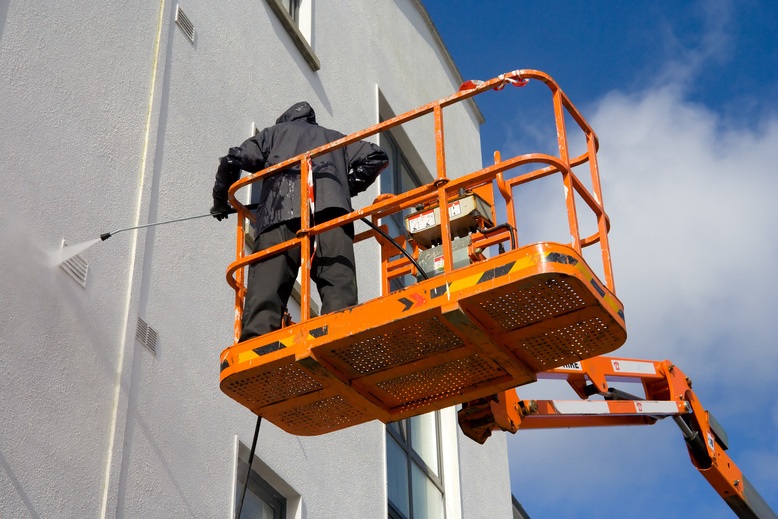
Maintaining the exterior paint of your home or commercial property is essential for preserving its beauty and structural integrity. Exterior paint not only enhances the aesthetics but also acts as a protective barrier against the elements. However, exposure to sunlight, rain, wind, and other environmental factors can cause paint to fade, crack, or peel over time. To ensure the longevity of your exterior paint job, it’s crucial to implement proper care and maintenance strategies. In this article, we’ll discuss effective tips for preserving and protecting your exterior paint.
Understanding the Importance of Exterior Paint Maintenance
Before delving into specific care tips, it’s essential to understand why maintaining your exterior paint is crucial. Exterior paint serves as a shield, protecting your property’s surfaces from moisture, UV radiation, temperature fluctuations, and pollutants. By keeping your paint in good condition, you not only enhance curb appeal but also prevent costly damage to underlying materials such as wood, stucco, or brick.

Tip 1: Regular Inspections: Performing regular inspections of your property’s exterior paint is the first step in effective maintenance. Look for signs of wear and tear, including peeling, cracking, bubbling, or discoloration. Pay attention to areas that are particularly exposed to the elements, such as south-facing walls or areas near downspouts where water runoff is common.
Tip 2: Prompt Repairs: Address any issues identified during inspections promptly. Small cracks or chips in the paint can quickly escalate into larger problems if left untreated. Use high-quality exterior paint to touch up damaged areas and ensure a seamless finish. Prompt repairs not only preserve the appearance of your property but also prevent water infiltration and further deterioration.
Tip 3: Clean Regularly: Dirt, dust, pollen, and other debris can accumulate on the exterior surfaces of your property, compromising the integrity of the paint. Regular cleaning is essential to remove these contaminants and prevent them from causing damage. Use a gentle cleanser and a soft-bristle brush or a low-pressure power washer to clean exterior walls, trim, and other painted surfaces. Avoid harsh chemicals or abrasive cleaning methods that could damage the paint.
Tip 4: Trim Vegetation: Overgrown vegetation, such as tree branches or shrubs, can rub against exterior walls and cause abrasion or scratches to the paint surface. Additionally, plants in close proximity to your property can trap moisture, leading to mold or mildew growth. Trim back vegetation regularly to maintain a clear space around your property and prevent damage to the paint.
Tip 5: Apply Protective Coatings: Consider applying additional protective coatings, such as clear sealants or weatherproofing finishes, to enhance the durability of your exterior paint. These coatings create an extra barrier against moisture, UV rays, and other environmental factors, prolonging the life of your paint job. Consult with a professional painter or a hardware store specialist to choose the appropriate coating for your specific needs.

Tip 6: Schedule Professional Maintenance: While DIY maintenance tasks are essential, scheduling professional maintenance periodically can provide additional benefits. Professional painters have the expertise and equipment to assess the condition of your exterior paint thoroughly and perform necessary repairs or touch-ups. Consider scheduling a professional inspection and maintenance service annually or as needed to keep your property looking its best.
Preserving and protecting your exterior paint requires diligence and regular maintenance, but the effort is well worth it in the long run. By following these care tips, you can extend the life of your paint job, enhance your property’s curb appeal, and safeguard its structural integrity against the elements. Remember to inspect your exterior paint regularly, address any issues promptly, clean surfaces periodically, trim vegetation, consider protective coatings, and schedule professional maintenance when needed. With proper care, your exterior paint will remain vibrant and durable for years to come.
